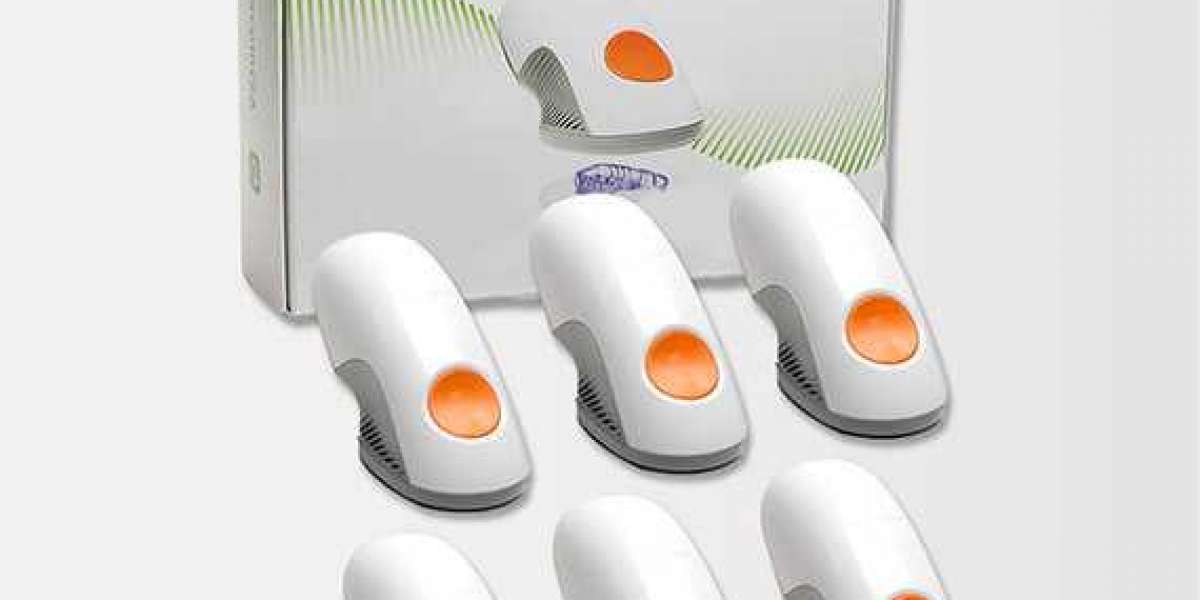If you're one of the many individuals relying on the Dexcom G6 Continuous Glucose Monitoring (CGM) system, you know the importance of reliable sensor adhesion. The Dexcom G6 sensor plays a crucial role in monitoring blood glucose levels, but its effectiveness can be compromised if it doesn't stay securely attached to the skin. In this article, we'll explore three effective methods to improve Dexcom G6 sensor adhesion, ensuring accurate and consistent glucose monitoring.
Understanding Dexcom G6 Sensor Adhesion Issues:
The Dexcom G6 is a CGM system designed to provide real-time glucose monitoring without the need for routine fingersticks. It consists of a small sensor that is inserted just beneath the skin's surface to continuously measure glucose levels in the interstitial fluid.
Importance of Proper Adhesion: Proper adhesion is essential for the Dexcom G6 sensor to function optimally. A securely attached sensor ensures accurate readings and prevents premature detachment, which can lead to gaps in glucose monitoring data.
Common Challenges with Dexcom G6 Sensor Adhesion: Skin Type Sensitivity:
Individuals with sensitive or oily skin may experience difficulties with Dexcom G6 sensor adhesion. The adhesive may struggle to bond effectively with the skin's surface, increasing the risk of sensor displacement.
Physical Activities:
Active lifestyles can also pose challenges for Dexcom G6 sensor adhesion. Sweating, friction, and movement during exercise or other physical activities can weaken the adhesive, causing the sensor to peel off prematurely.
Environmental Factors:
Environmental factors such as humidity, heat, and moisture can impact Dexcom G6 sensor adhesion. High humidity levels or exposure to water can compromise the adhesive's integrity, leading to sensor detachment.
Tips to Improve Dexcom G6 Sensor Adhesion: Preparing the Skin:
Proper skin preparation is crucial for maximizing Dexcom G6 sensor adhesion. Clean the application site with soap and water, ensuring it is free from oils, lotions, or residues that could interfere with adhesive bonding. Allow the skin to dry completely before sensor application.
Using Adhesive Patches: Adhesive patches or overlays can provide additional support and protection for Dexcom G6 sensors. These patches are designed to adhere securely to the skin and can help reinforce the sensor's adhesive, reducing the risk of detachment.
Finding the Right Location:
Selecting an optimal site for sensor placement can enhance adhesion and prolong sensor longevity. Choose areas of the body with relatively flat, smooth skin and minimal hair growth. Rotate sensor placement regularly to prevent skin irritation and ensure consistent adhesion.
Ensuring Longevity and Reliability
Regularly check the adhesion of your Dexcom G6 sensor throughout its wear period. Inspect the edges of the sensor adhesive for any signs of lifting or peeling. If necessary, reinforce the adhesive with additional patches to maintain secure attachment.
Proper Removal Techniques:
When it's time to remove the Dexcom G6 sensor, use caution to avoid damaging the skin. Gently lift the edges of the adhesive and slowly peel it away from the skin, following the direction of hair growth. Avoid pulling or tugging on the sensor to minimize discomfort and reduce the risk of skin irritation.
Conclusion:
Ensuring reliable Dexcom G6 sensor adhesion is essential for accurate and consistent glucose monitoring. By following these three effective methods—proper skin preparation, using adhesive patches, and selecting optimal sensor locations—you can enhance adhesion and maximize the performance of your Dexcom G6 CGM system.
FAQs:
How long should a Dexcom G6 sensor last?
- Dexcom G6 sensors are designed to last for up to 10 days of continuous wear.
Can I reuse a Dexcom G6 sensor?
- No, Dexcom G6 sensors are intended for single-use only and should not be reused.
What adhesive products are safe to use with Dexcom G6 sensors?
- Adhesive products specifically designed for medical applications, such as skin prep wipes and adhesive patches, are safe to use with Dexcom G6 sensors.
How can I prevent skin irritation from Dexcom G6 sensors?
- To minimize the risk of skin irritation, ensure proper skin preparation before sensor application and follow recommended removal techniques.
Are there any alternative methods for securing Dexcom G6 sensors?
- Some users have found success with alternative adhesives or adhesive tapes, but it's essential to ensure compatibility and safety with the Dexcom G6 sensor.








